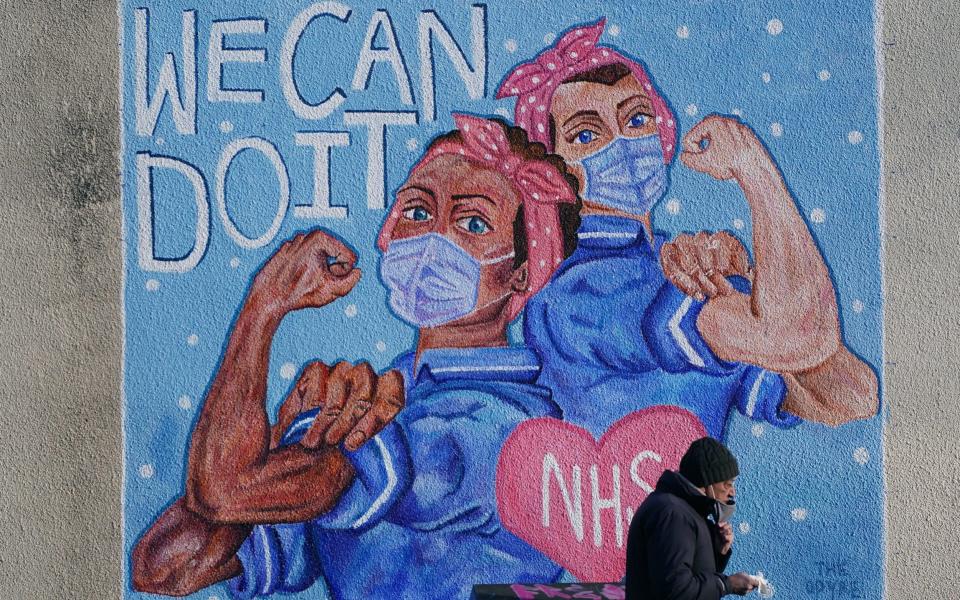Sunak's post-pandemic spending plans are 'implausibly low', warns IFS

Rishi Sunak could be forced to hike borrowing or taxes as analysts warned his spending plans for the post-Covid era look “implausibly low”.
The Chancellor's Budget has pencilled in a £17bn cut to public services compared to pre-pandemic plans, which the Institute for Fiscal Studies says is unlikely to be realistic given pressures on the NHS, social care and transport.
“I may be proved wrong, but I’d offer 10 to one against that happening,” said Paul Johnson, director of the IFS. He anticipates more pressure to spend on the NHS and other areas.
“The NHS is perhaps the most obvious. Further top-ups seem near-inevitable. Catching up on lost learning in schools, dealing with the backlog in our courts system, supporting public transport providers, and fixing our system for social care funding would all require additional spending. The Chancellor’s medium-term spending plans simply look implausibly low.”
Richard Hughes, head of the Office for Budget Responsibility, said “it is not entirely clear the rescue phase is over” when it came to government spending, meaning pressures were already building.
“There is an overhang of potential legacy costs, which this Government is going to have to incur,” he said.
“Delayed activity, postponed operations in the health service, students who have missed out on up to six months of schooling, a transport system which is now back in public ownership with its fare box being filled by the Treasury every month and where passenger numbers may not recover to pre-pandemic levels for months if not years.
“At the moment the Government doesn’t really have a plan for that.”
If the virus rumbles on for longer than anticipated, more could also be needed for re-vaccination plans or the test and trace programme, the OBR said.
There is also more pressure for benefits spending, with the Universal Credit uplift potentially costing £6-£7bn per year if it is made permanent, and the IFS noting that those receiving older, pre-Universal Credit benefits have not been given the same extra £20 per week.
Torsten Bell at the Resolution Foundation expects more spending will come later, because budgets in departments that have not been protected like the NHS are still down by around a quarter on a real terms per capita basis over the past decade.
“It is not going to feel like the end of austerity if you run a prison or bits of local government,” he said.
“Whether that is really sustainable is seriously open to question, not least because there is a lot of post-pandemic pressure. Does anyone really think we will not be spending more on social care than we were pre-crisis?”
Instead he suspects the restraint in spending plans points to a future fiscal target, as it means the national debt is falling as a share of GDP by the end of the forecast.
“Even though they have not yet set new fiscal rules, that is clearly what the Chancellor is actually trying to achieve,” said Mr Bell.
Higher interest rates in future could be a strain on spending, according to Mr Hughes, as the national debt surged in the financial crisis and again when Covid struck.
“Interest rates can change. When we closed our forecast in early February, gilt rates were at 0.5pc. By the time the Chancellor stood up, gilt rates were getting up to 0.8pc. That change alone added £6bn to the cost of debt interest, seen in isolation,” he said.
“If they went all the way up by 1 percentage point, that would add £20bn to the cost of running the public finances from year to year, enough to wipe out all of the tax rises the Chancellor announced on corporations in this budget.
“Our public finances are much more exposed to changes in interest rates than they used to be.”
